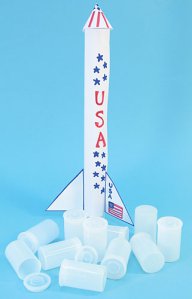Atoms were proposed in antiquity without any experimental evidence by Democritus, a Philosopher. This must have been a problem for Newton and Leibnitz who posited that there was always a mean of considering smaller and smaller intervals of space to calculate the “instantaneous velocity”.
The introduction of the precision balance in chemistry by Lavoisier paved the way for Dalton to formulate his laws on the “definite and multiple proportions” governing chemical reactions. This supported the atomic theory, without giving it general acceptance.
Specific heat was defined as the quantity of heat needed to increase one gram of a substance by one degree. There was no definite pattern when specific heats of various substances were compared. Until two French scientists in 1819 calculated specific heat by atomic mass, forming the Law of Dulong and Petit. There appeared a number of cases where the results were quite similar: about 6 calorie per mole. This was equivalent to stating that any atom is as good as any other to store heat! This was a small step towards acceptance of the existence of atoms. An explanation for this, and the reason for the exceptions, had to wait the early 20th century explanation by Albert Einstein. By that time, atoms had gained wide acceptance from the work of Rutherford, and soon by Bohr.
Lesson on the Law of Dulong and Petit:
 You are given several chunks of metal, each containing 0.6 * 1024 atoms (i.e. one mole) of one element. How will each of those samples, when dropped in a standard quantity of hot water (typically 200 mL and 70 C) affect the temperature?
You are given several chunks of metal, each containing 0.6 * 1024 atoms (i.e. one mole) of one element. How will each of those samples, when dropped in a standard quantity of hot water (typically 200 mL and 70 C) affect the temperature?
Step 1. Use a good balance (at least 0.1 gm resolution) to determine which element you are dealing with. If possible confirm your identification with an additional cue. Read the rest of this entry »




 Posted by Tami O'Connor
Posted by Tami O'Connor  by: Cynthia House
by: Cynthia House
 by: Tami O’Connor
by: Tami O’Connor

